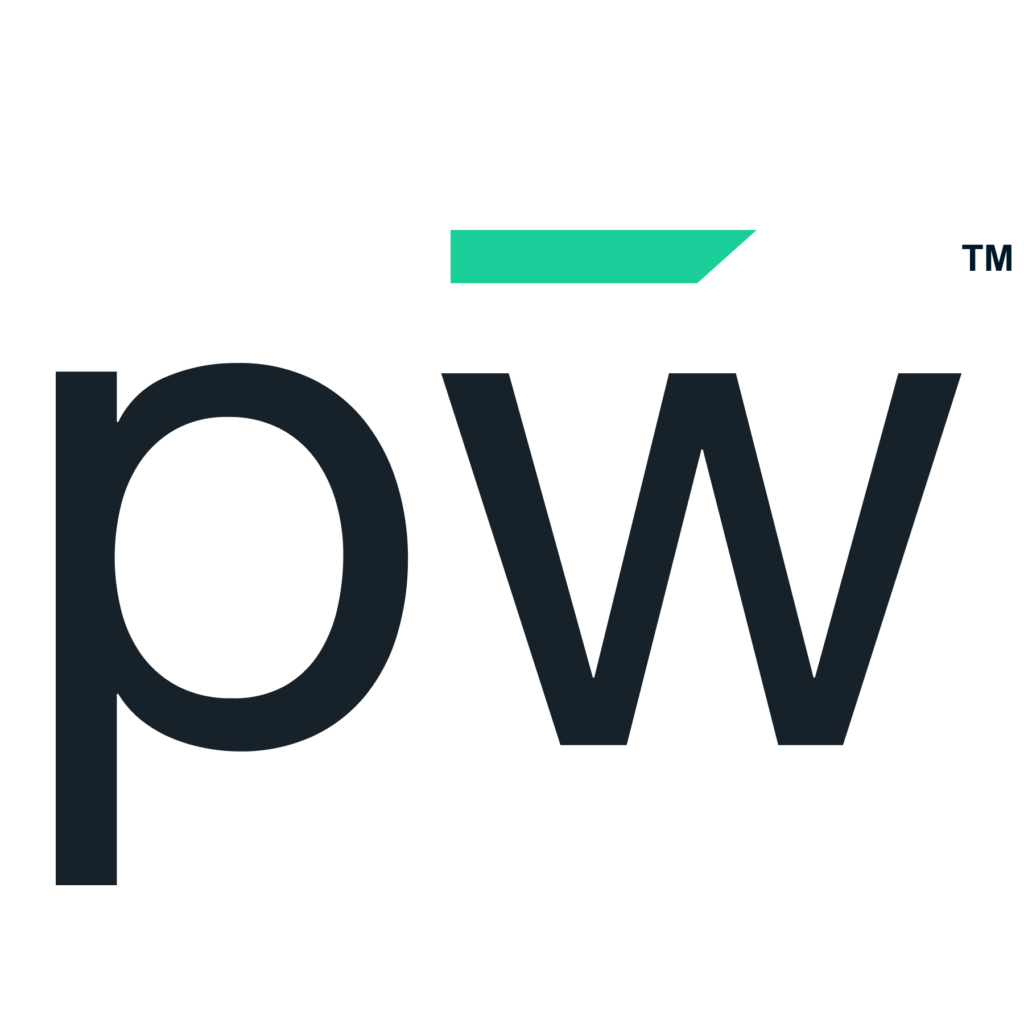In today's rapidly evolving job market, companies seeking to fill in-demand positions require a strategic approach that goes beyond traditional hiring practices. The key to success lies in not only finding skilled candidates but also ensuring they are a strong fit for the work, the job role, and the team. This knowledge base article offers insights into strategies for identifying, hiring, and developing talent that aligns with the specific needs of both the organization and the candidates.
1. Understanding the Landscape:
Before embarking on the journey to hire and develop talent, companies need to conduct a thorough analysis of the current job market. Identify the roles that are in high demand within your industry and geographical region. Keep an eye on emerging trends and technologies that may impact job requirements.
2. Defining Work, Job, and Team Fit:
- Work Fit: Understand the candidate's alignment with the company's mission, values, and culture. This ensures that candidates share the same long-term goals and beliefs as the organization.
- Job Fit: Evaluate how closely a candidate's skills, experience, and qualifications match the specific requirements of the job role. This minimizes skill gaps and ensures candidates can hit the ground running.
- Team Fit: Assess how well candidates will collaborate with the existing team members. Consider their communication styles, working preferences, and interpersonal skills.
3. Crafting Clear Job Descriptions:
Develop comprehensive job descriptions that clearly outline the responsibilities, qualifications, and expectations for the role. Use specific language that highlights the skills and competencies required for success in the position.
4. Implementing Strategic Screening:
Use data-driven tools and assessments to screen candidates for work, job, and team fit. Behavioral assessments, skills tests, and cultural fit assessments can provide valuable insights into a candidate's compatibility with the organization.
5. Structured Interviews:
Design interview processes that go beyond generic questions. Focus on behavioral interview questions that delve into a candidate's past experiences and actions, allowing you to assess how well they align with the work, job, and team requirements.
6. Onboarding and Development:
- Tailored Onboarding: Develop an onboarding process that acquaints new hires with the company's values, culture, and job expectations. Customizing onboarding to each role can expedite the integration process.
- Continuous Learning: Offer ongoing training and development opportunities that align with both the employee's career goals and the company's skill requirements. This helps keep employees engaged and equipped with the latest skills.
7. Mentorship and Team Building:
Create mentorship programs and team-building activities that foster collaboration and integration within the team. These initiatives can enhance team fit and promote knowledge sharing.
8. Feedback and Iteration:
Gather feedback from both new hires and their teams to continuously refine your hiring and development strategies. Use this feedback to identify areas of improvement and adjust your processes accordingly.
Conclusion:
Companies that want to thrive in the fast-paced world of in-demand jobs must go beyond the surface when hiring and developing talent. Prioritizing work, job, and team fit ensures that candidates not only possess the right skills but also align with the company's values and goals. By implementing the strategies outlined in this article, organizations can build a workforce that is not only capable but also enthusiastic about contributing to their success.









